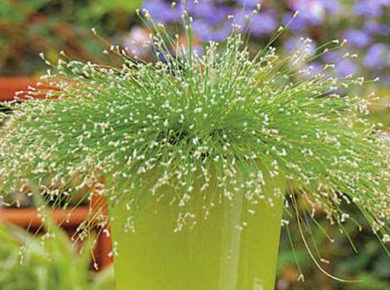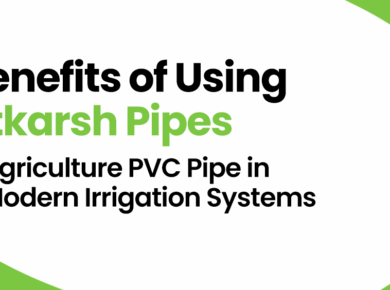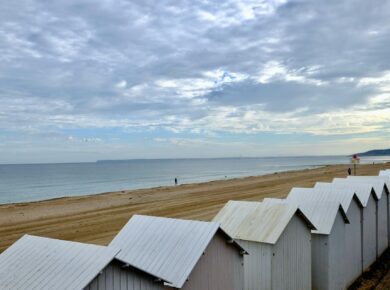To guarantee that your Tadpoles stay sound, their aquariums ought to look like the regular habitat where they will develop. In case things are too unique it can trouble the fledgling and not eat as expected.
Tadpoles regularly fill in lakes so they needn’t bother with a solid current in their tank. Remember that contaminations and green growth develop at a quicker rate because of decreased water development. While your Tadpoles can and will eat green growth, an excess of is terrible for the tank. Make certain to test the water oftentimes and eliminate waste and green growth on a case-by-case basis. It is more significant than you have clean water in your tank to develop green growth. Clean water is a significant piece of your fledgling’s endurance and strength. Here you get the best information about What Do Tadpoles Eat?
What you set up your tank can mean for your fledgling’s capacity to eat. On the off chance that your Tadpoles are restless, they are bound to stay away from food and eating. Plants are an extraordinary expansion; They assist the Tadpoles with having a spot to conceal when they get frightened and pull twofold obligation to assist with keeping the tank clean.
When And How Frequently Do Tadpoles Eat?
Tadpoles ought to be taken care of consistently. They require taking care of a timetable where you feed them around a similar time each day.
They are in a phase of their advancement where they are continually developing and growing so they will consistently be on the chase for something to eat. In the event that you give them one taking care of meeting a day, it will assist with keeping them solid.
Ensure you don’t overload your Tadpoles. While this species seldom eats sufficient that it makes itself wiped out, an overabundance of food is in danger of spoiling.
Any food leftover after dinner is an indication that you are taking care of the fish an excess of food at one time. Anything the fledgling doesn’t eat will fall onto the substrate in the tank and start to spoil.
Disintegrating food in the water builds nitrates and can make the water harmful for Tadpoles to live in. This can make the frog debilitated and cause demise.
The amount you feed them will rely upon what sort of food you use, and the dietary requirements of the Tadpoles. Regularly a spot of piece food can be sufficient to keep them cheerful. Watch the Tadpoles act and you can before long tell on the off chance that they need food.
At the point when those organs develop, they can be taken care of less for some time. They will begin retaining his point and it supports them. After this stage, you can take care of them an assortment of food, including live food, frozen food, or fish drops. Here you increase your knowledge to learn the bo full form.
Fledgling Life Cycle
Tadpoles are only a piece of the frog’s life cycle. This cycle includes the entry from egg to adulthood, after which the grown-up lays the egg and the interaction starts once more.
The food and chemicals of the fledgling control its pace of development. While homogeneity happens among Tadpoles as they form into frogs, there are a few factors that impact this development. Having great water (profoundly separated regular water by and large), top-notch food and hereditary qualities all have an influence on this.
Tadpoles arise in spring and summer. The recently incubated Tadpoles will join themselves to the plants and eat the burden staying in their eggs. Following ten days old enough they start to swim and look for more plant-based food sources.
At around three to about a month they lost gills and developed more modest teeth, these teeth permitting bigger feedings.
In weeks five to nine, they will eat the two plants and bugs. This will be the point at which they foster appendages and start to look like little frogs.











